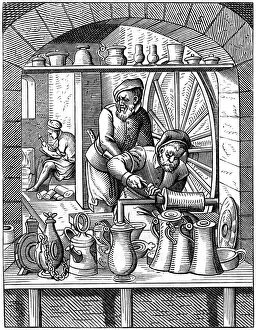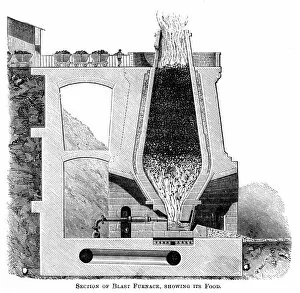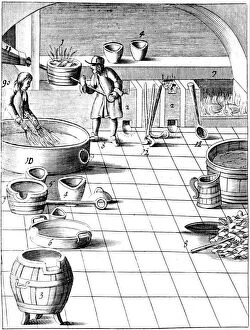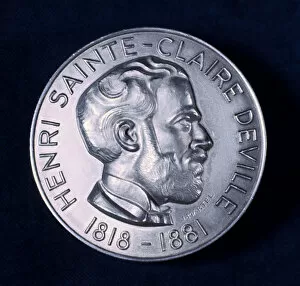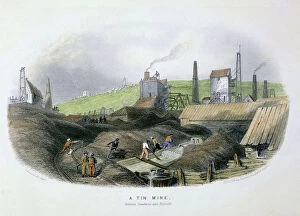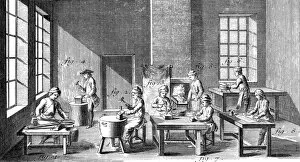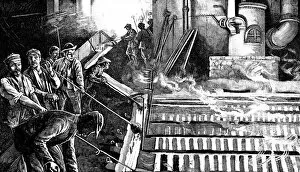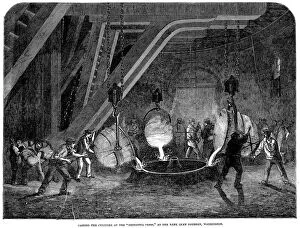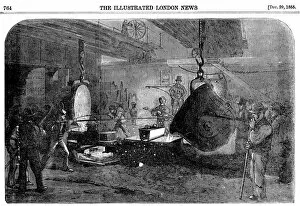Metal Industry Collection (page 3)
The metal industry is a diverse and dynamic sector that plays a crucial role in various aspects of our daily lives
All Professionally Made to Order for Quick Shipping
The metal industry is a diverse and dynamic sector that plays a crucial role in various aspects of our daily lives. From the Farrier shoeing horse drinking water from trough near open stable doors, to the Rabelo boats sailing under the iconic Dom Luis I bridge in Douro river, Porto, metal is an integral part of these scenes. One cannot overlook the intense craftsmanship involved in welding, where skilled workers fuse metals together to create strong and durable structures. The Dom LuAis I Bridge in Porto stands tall as a testament to the engineering marvels achieved through metalworking. At steel mills like Novolipetsk Steel PAO in Farrell, slabs of steel roll down production lines with precision and efficiency. Molten ferroalloy ladles inside Eurasian Resources Groups (ERG) showcase the high temperatures required for metallurgical processes. Steel channels at Ariel Metal steel trader warehouse in Podolsk demonstrate how this versatile material can be shaped into various forms for construction purposes. Similarly, steel plates and bars stored within their premises highlight its wide range of applications across industries. From Chau Khe village outside Hanoi to construction sites in Phnom Penh, steel rods are essential components used extensively for building infrastructure worldwide. Meanwhile, aluminium heater tubes inside factories like Dongguan contribute to efficient heat transfer systems. Even beyond terrestrial boundaries lies the significance of metals - aerial views reveal brine pools at SQM lithium mine on Atacama salt flat; an essential source for battery manufacturing and renewable energy technologies. Whether it's shaping horseshoes or constructing bridges; producing alloys or storing materials – every aspect of life benefits from the innovations brought forth by the ever-evolving metal industry.




